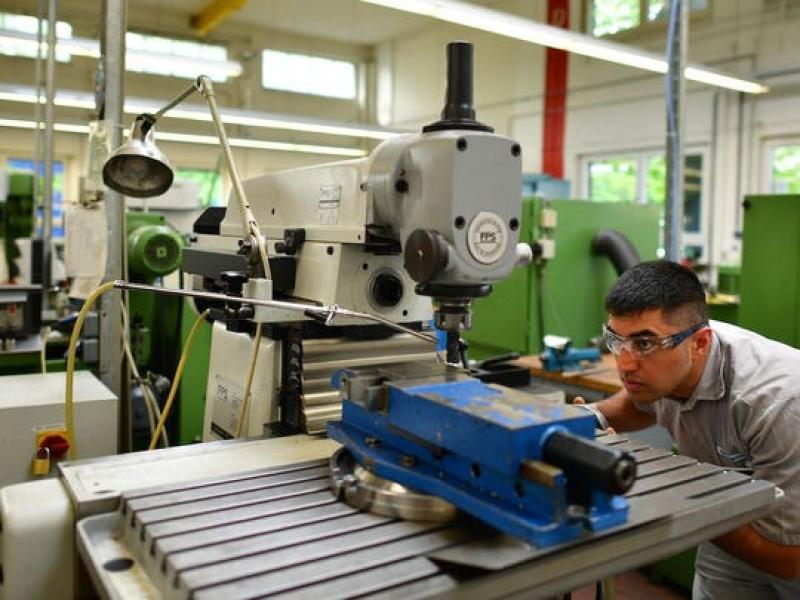Are tariffs against China bringing factories and jobs back to the U.S.?


The tariffs that President Donald Trump has slapped on Chinese imports haven't sparked the widespread return of manufacturers to the U.S. that Trump envisioned. . . Companies are largely eyeing Southeast Asia and Mexico.


The tariffs that President Trump has slapped on Chinese imports haven't sparked the widespread return of manufacturers to the U.S. that Trump envisioned. (Photo: Photo by Alexander Koerner / Getty Images)
The tariffs that President Donald Trump has slapped on Chinese imports haven't sparked the widespread return of manufacturers to the U.S. that Trump envisioned.
Steve Madden, the footwear and handbag maker, shifted its production to Cambodia. GoPro, the mobile camera maker, has its sights on Mexico. Gap, the clothing and accessories retailer, has started up new factories in Indonesia, Vietnam and Bangladesh. Brooks Running, a running shoes and clothes maker, said they'll move 8,000 jobs from China to Vietnam by the end of the year.
The tariffs that President Donald Trump has slapped on Chinese imports haven't sparked the widespread return of manufacturers to the U.S. that Trump envisioned.
Steve Madden, the footwear and handbag maker, shifted its production to Cambodia. GoPro, the mobile camera maker, has its sights on Mexico. Gap, the clothing and accessories retailer, has started up new factories in Indonesia, Vietnam and Bangladesh. Brooks Running, a running shoes and clothes maker, said they'll move 8,000 jobs from China to Vietnam by the end of the year.
Manufacturing added 28,000 jobs the first half of the year, the fewest during that period since Trump took office promising a manufacturing renaissance.
So why aren't U.S. manufacturers bringing jobs back to the U.S. in droves?
Tags
Who is online
30 visitors

Various companies testified that there is an entire supply chain in China to support their production, but no equivalent network in the U.S.
“There are no viable alternative manufacturers located in the United States,” James Osgood, CEO and president of Klean Kanteen, a maker of stainless steel water bottles, said at a hearing late last month on Trump's proposed tariffs on $300 billion in Chinese imports that have since been put on hold.
“It would likely take five to seven years to build the capital-intensive infrastructure, develop and train personnel ... and implement such domestic production capability,” Osgood said. “Klean Kanteen does not have the working capital or profitability to cover loses for that amount of time.”
While the gap between U.S. and Chinese factory wages has narrowed in recent years, pay for American manufacturing workers has risen faster than gains in productivity, or output per worker, according to a recent report by Boston Consulting Group. That means the U.S. is still relatively expensive.
For low-cost manufacturing, Southeast Asian countries and Mexico are cheaper. The average monthly factory wage in the U.S. is more than $3,200, compared to $237 in Vietnam, $188 in Indonesia, $425 in Thailand and about $400 in Mexico , according to the data by Trading Economics.
The tariffs that President Donald Trump has slapped on Chinese imports haven't sparked the widespread return of manufacturers to the U.S. that Trump envisioned.
All one has to do to realize that this notion has always been a myth, is to look no further than your closest mill city. Many mills in the Northeast moved Southward during the 50's and 60's seeking cheaper labor and overhead costs, they never returned. During the 70's, 80's and 90's many began to move those factories offshore, again for cheaper labor etc., again never to return.
I do not feel the need to continue, once gone they rarely if ever return.